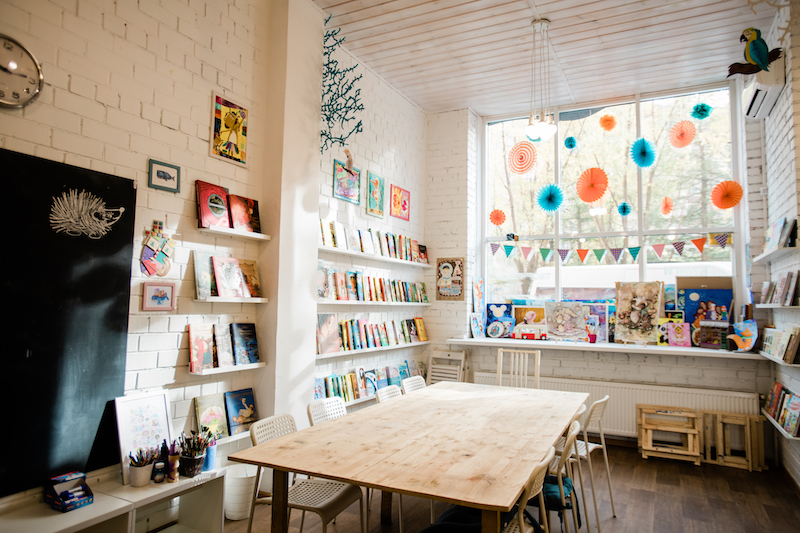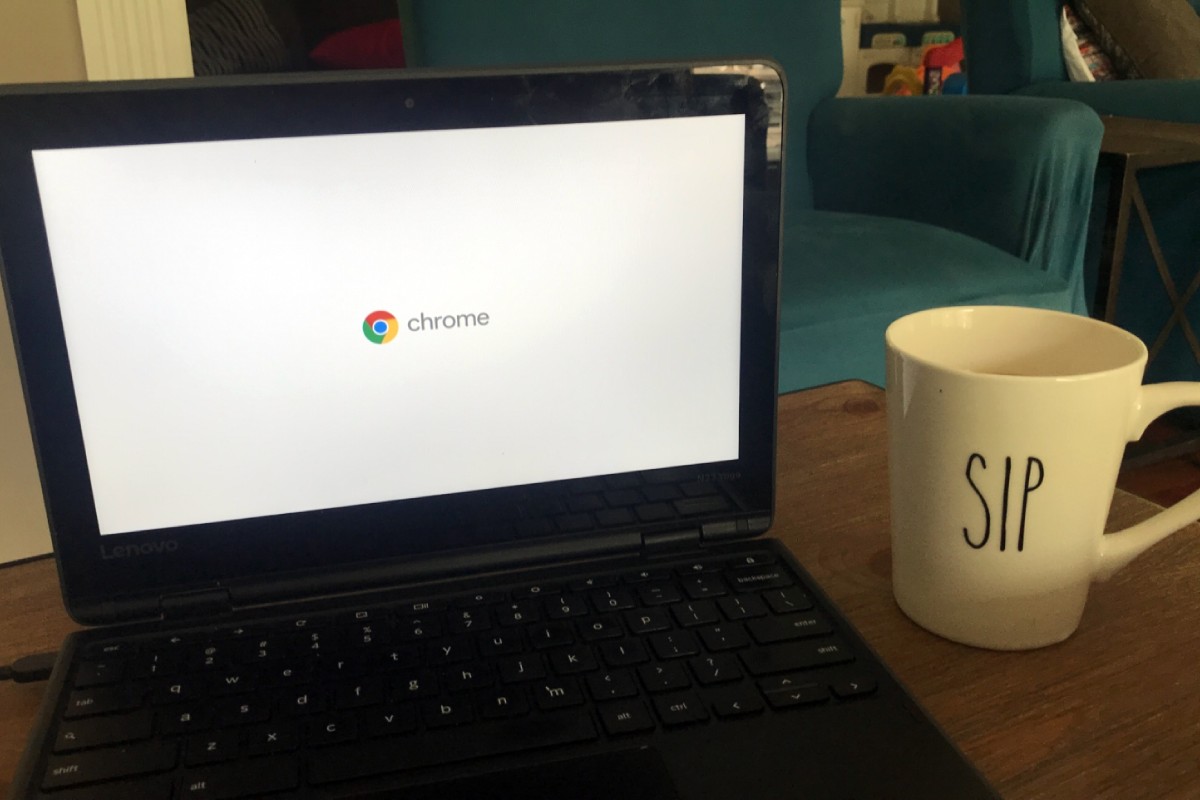Parents and Teachers have Common Ground with Invisible Labor

In the aftermath of this global crisis, there is one meeting point for teachers and parents that would strengthen mutual respect and understanding.
Invisible labor is a reality at home, and it is a significant factor in a teacher’s life at school. Invisible labor is necessary work that is behind the scenes and never stops. It is only apparent when it is done.
Clean clothes, milk in the fridge, and that new tube of toothpaste at the bathroom sink are all there because someone in the family home noticed a job needed doing and did it. As a result, family life ticks along.
Schools run on the work that is not seen until it is done. Teachers stand up every day in class to teach lessons. These lessons exist because the teacher has done the preparation before the class.

For elementary school, every subject requires a lesson plan. When I was a classroom teacher there were lessons for language, math, science, history, geography, music, and art. Work that was invisible but necessary.
The planning, for every teacher, can include research, preparation of the classwork, photocopying assignments, and collaborating with colleagues. The lesson may only last 45 minutes because right after it is another subject or class. Every day requires the same preparation.
Teachers take pride in creativity and innovation in their teaching strategies. Most teachers I knew were always thinking of ways to make their teaching dynamic, inviting, and engaging. As any artist will tell you, creativity is a task you are either thinking about or doing. It is one of the many reasons that teachers teach. The joy of creating lessons and seeing their student’s eyes light up with understanding. It is why they do the job they do.
Parents enjoy seeing their child’s artwork displayed in the classroom. Art displays are changed regularly. Many times, I balanced on a rickety ladder at recess to get those displays up because children also take enormous pleasure in seeing their work displayed in class.
Report cards are another piece of the invisible labor puzzle. A parent gets a report card with subject evaluations which only happens because assessment and testing took place for each subject. To get those results involved hours of marking tests, essays, assignments, and projects. Included in student evaluation is the recent addition of texting. It has become a regular teacher-parent contact point for reporting. The report card and teacher interviews are the outward reality of many hours of invisible labor.
Every extracurricular activity is packed with invisible labor. During my decade producing and directing school musicals, there were many months of rehearsals leading up to the show. Sports teams require practice sessions before playing any games. School clubs have a teacher supervisor. Any type of school trip whether for a team sport or a museum visit requires several procedural demands before students can be taken out of the school. Most teachers I knew did all these activities with a genuine desire to enrich the student’s school life.
Before the performance, on the court, the playing field, or the stage, comes the practice. Often that practice is invisible because it happens before or after school.

If a parent walks into an inviting classroom, they are looking at another aspect of invisible labor. From personal experience, I can guarantee the classrooms that are bright and cheery are a result of many hours of invisible labor. You are also looking at invisible money because if a classroom looks inviting it is most likely that teachers used their personal income to buy that colorful classroom décor.
And now the pandemic aftermath will bring additional challenges to teachers already facing a new normal. Many students will have experienced fear, anger, anxiety, and sadness during the highly emotionally charged shutdown. They are all typical reactions in stressful times. It will require educators to be mindful of the student’s individual emotional needs and respond to that need for every student in their charge. It will be done with care and concern for the student’s wellbeing, on an individual basis, because that is what educators do. All of it will take time. That is time given willingly because teachers are a dedicated group. All the while, to be effective, they must make time to take care of their own emotional needs.
During the past several decades, there has been a decline in recognition and respect from some parents. I would suggest that part of that is a lack of understanding about invisible labor. Teachers, just like parents, feel the negative impact of invisible labor. Nobody really notices until the work is not done.
As schools reopen, create an awareness of this shared commonality of invisible labor. Parents and teachers can seize the opportunity to use it as a building block to greater understanding and mutual respect.
How can that be done? The very fact we have named it is a starting place. Addressing the aspects of invisible labor when interacting with students and parents is another way. Teachers can use appropriate opportunities to explain to students how a lesson was created. A short lesson creation exercise can be incorporated into the topic. As examples, setting up a science experiment, creating a hands-on math lesson all require invisible labor.
It can be an incidental teaching point, but it will tell your students that the lessons are not just being pulled out of thin air and happening at the moment. Teachers could even create lessons or a scavenger hunt looking for invisible labor. Some of that information will invariably trickle down to the parents.
When it is one again possible, Parent’s Night at school is another opportunity for teachers to explain how class lessons are created. A teacher can provide some form of presentation to parents perhaps using a recent unit of work as an example. Make it fun and informative because we now have the language and parents will make the connection.
Acknowledging this shared common ground of invisible labor is one more way to bridge any divide between parents and teachers. When that happens, the child always benefits.
This article is available and can be accessed in Spanish here.









